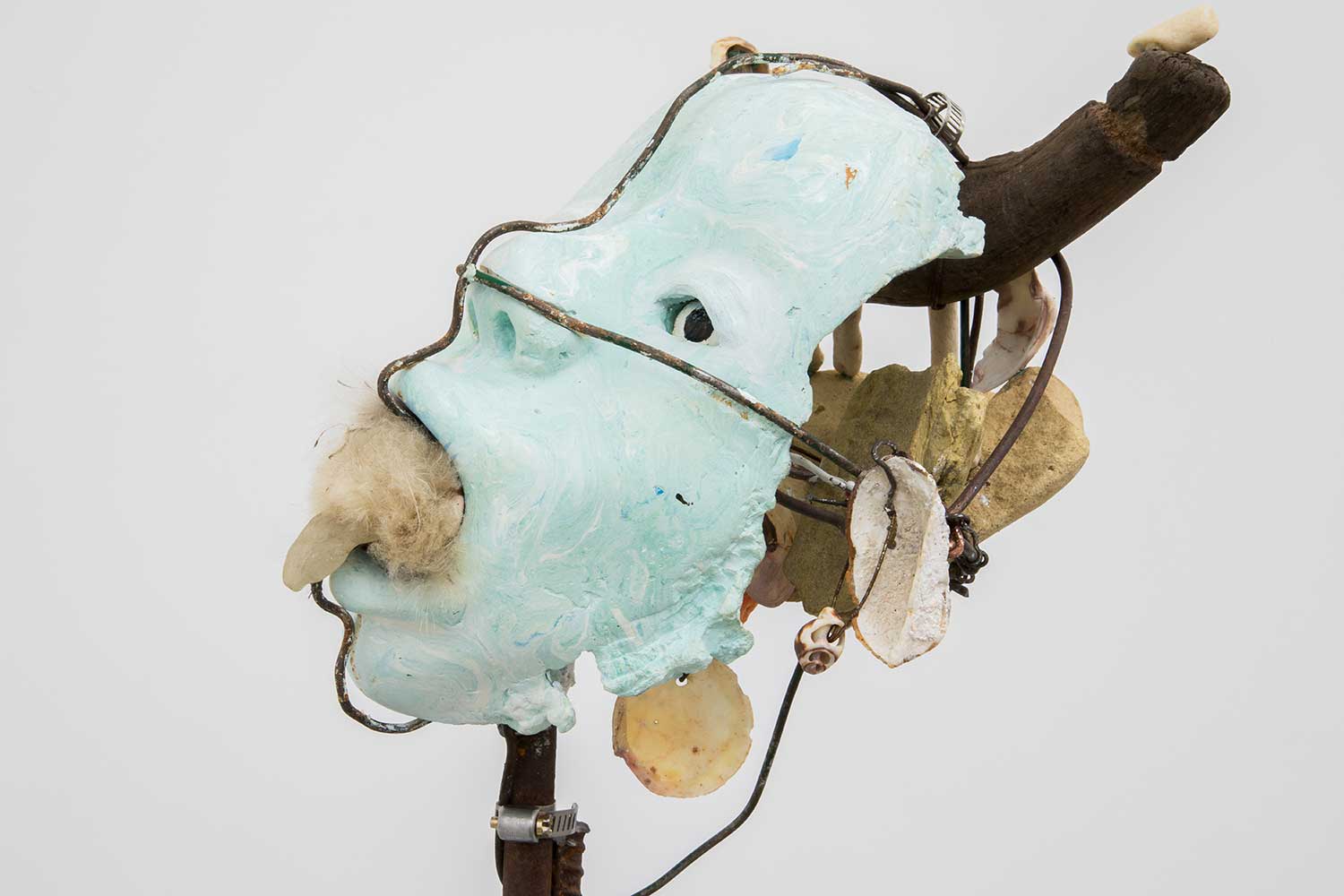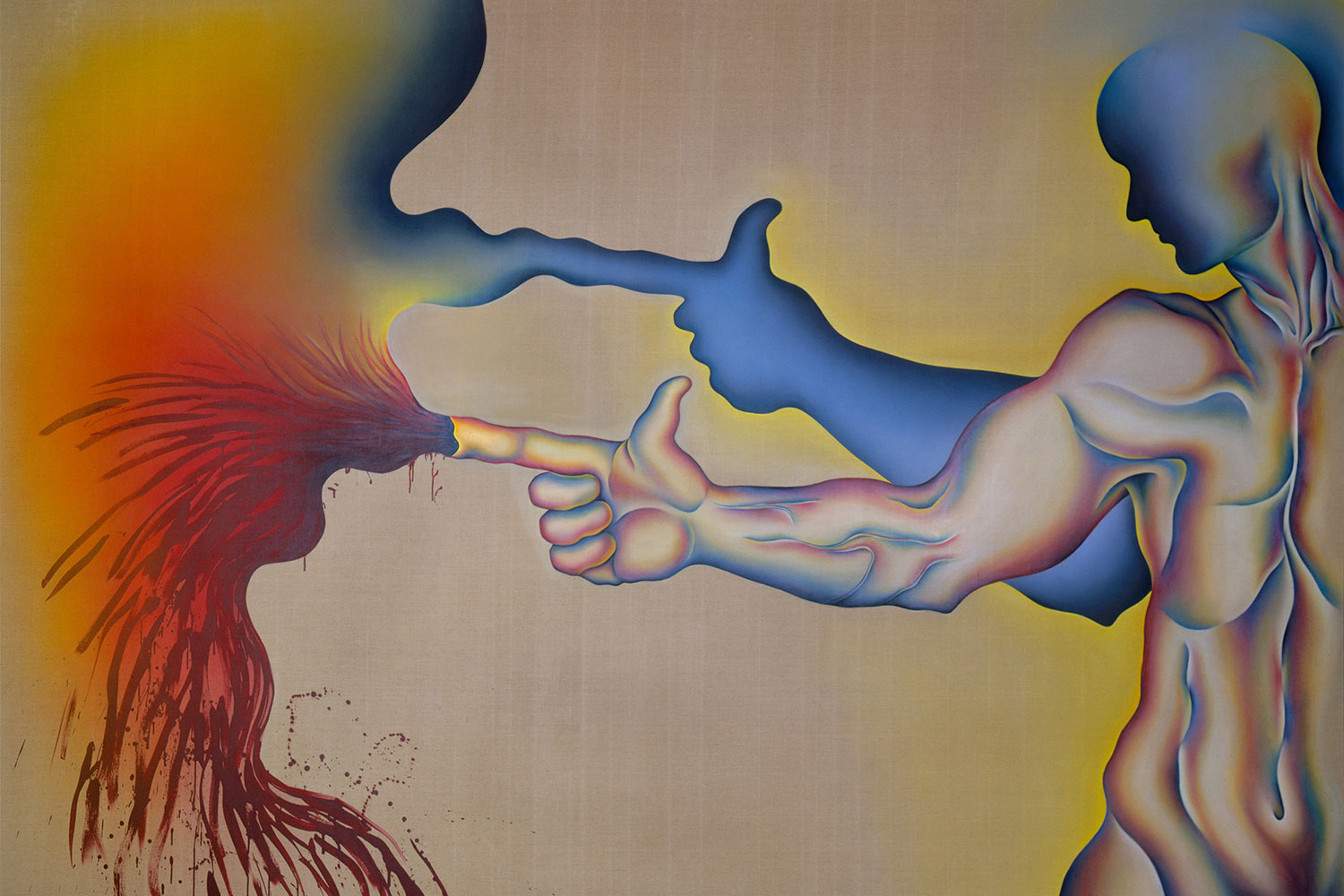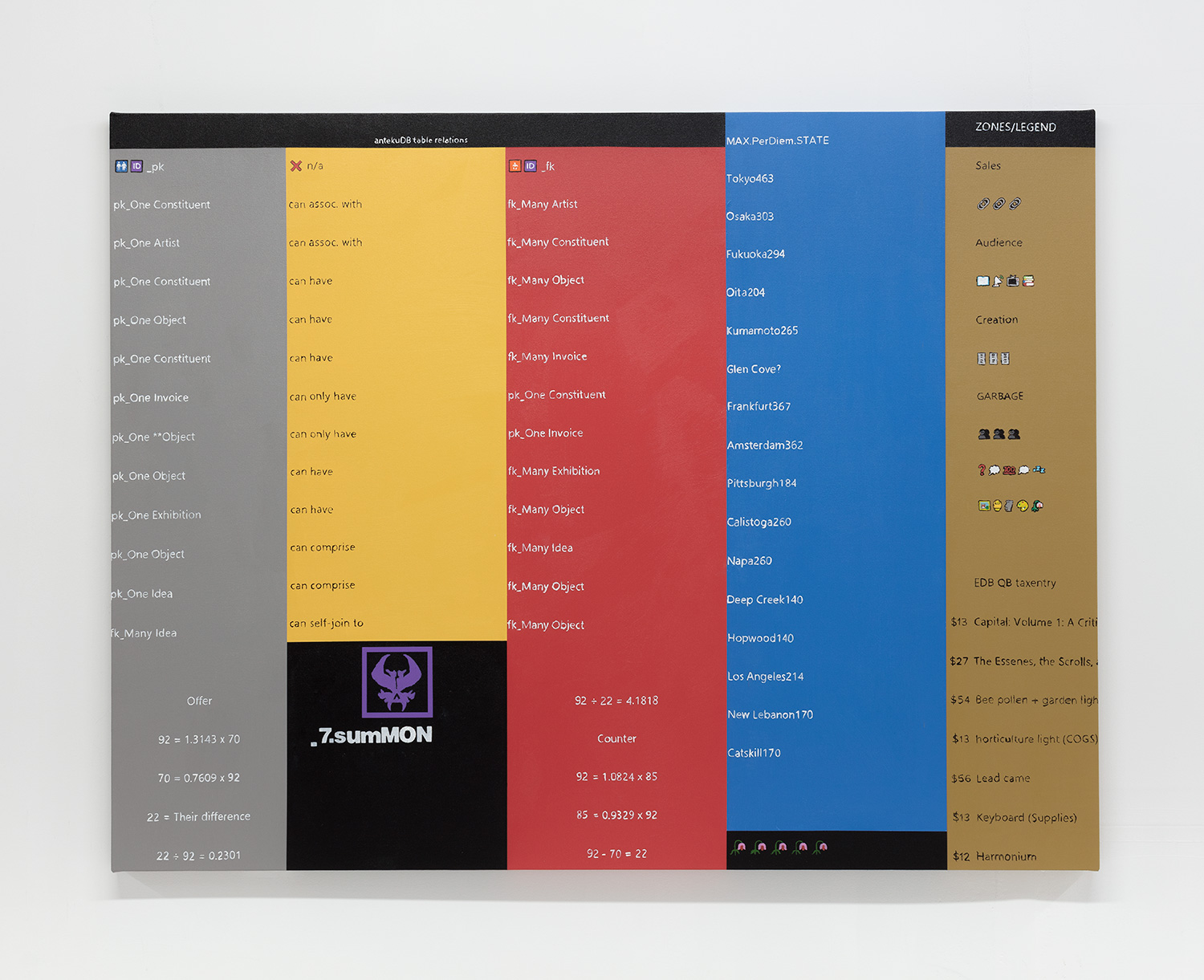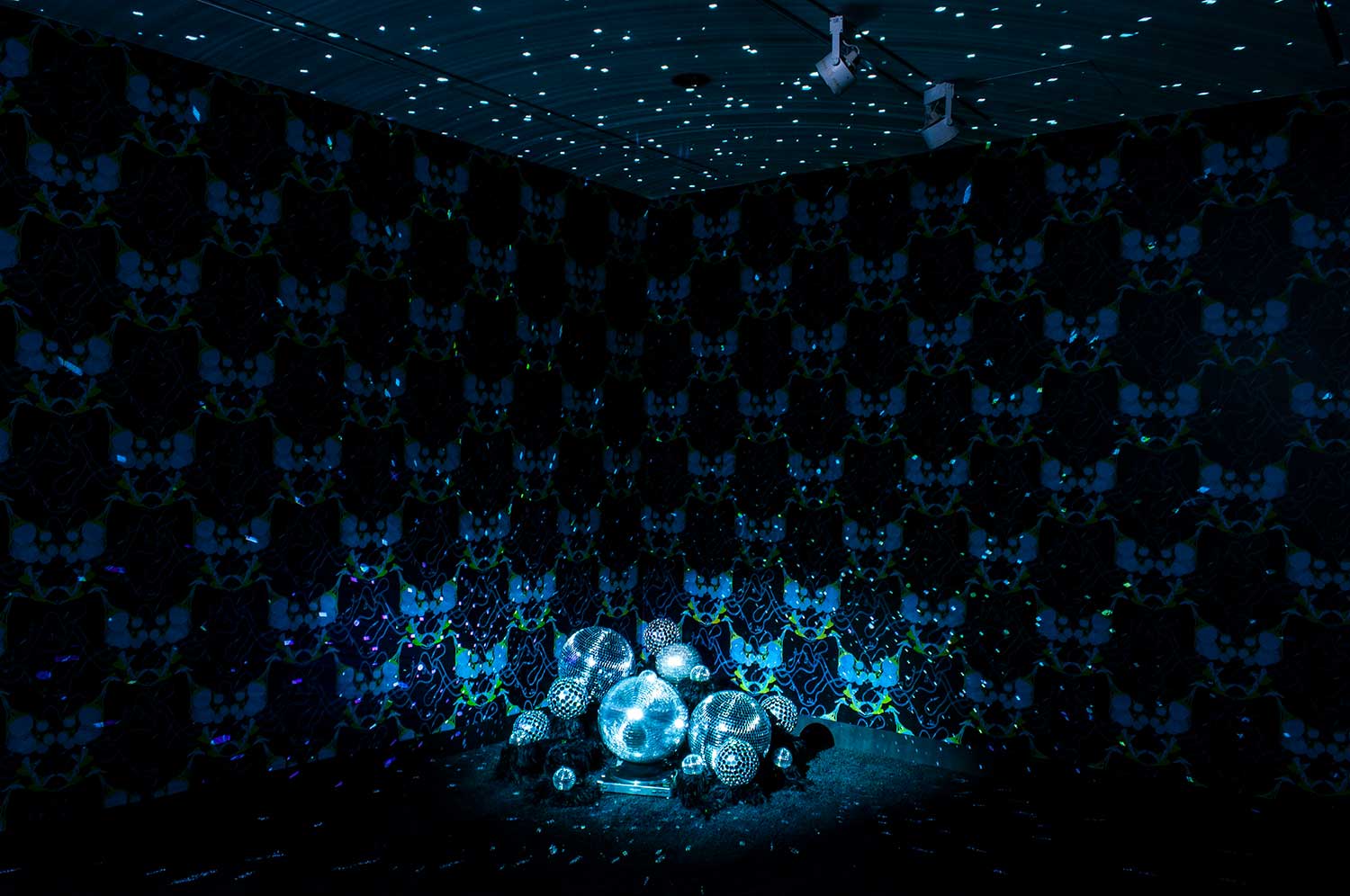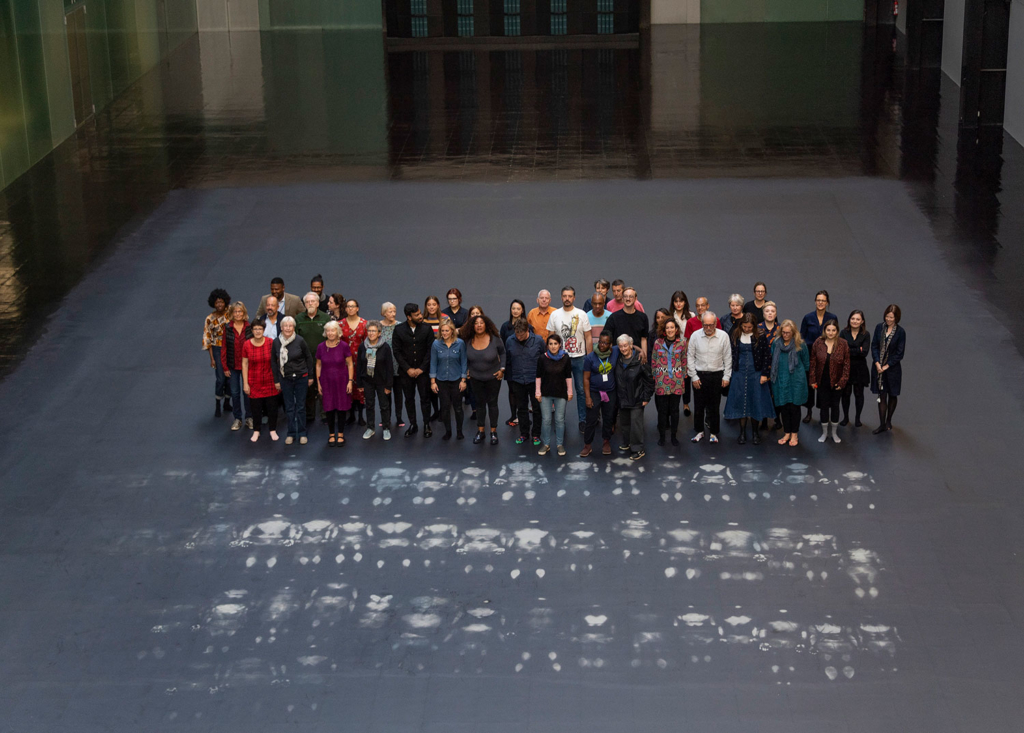
Cuban artist Tania Bruguera’s installation “10,142,926” takes over Tate Modern’s Turbine Hall this fall with a series of works and interventions, including a heat-sensitive floor that uses the warmth of visitors’ bodies to reveal a portrait of a young man. In an adjacent gallery, a substance that induces tears is diffused into the air. Agnieszka Gratza spoke to the Cuban artist on the occasion of the exhibition.
Agnieszka Gratza: The numeric title of your new Turbine Hall project will fluctuate over the course of the exhibition. What does it stand for and how is it meant to affect us?
Tania Bruguera: Migration is seen as a static problem — a crisis situation that happens somewhere, then disappears and happens again in another place. The number, which is 10,142,926 today, combines two different data sets sourced from the International Organization for Migration: how many people moved last year around the world; and how many people are dying as we speak, trying to get somewhere. We always talk about one or the other. Some people only focus on the refugees and some only on the success stories; I think we have to talk about both.
AG: But the people who are free to travel don’t tend to be called migrants.
TB: That’s the thing. They should be. We should call everybody who moves a migrant.
AG: The notion of the “neighbor” at the heart of this project is somewhat at odds with that of the “migrant.” Migrants are seldom our neighbors, which implies having a fixed abode, for one thing. We do not love them in the way we’re enjoined to love our neighbor, at least in the Christian tradition.
TB: One of the challenges of the piece is precisely to pose the question, “How can we make migrants our neighbors?” Why they have to be the Others? Why is it that when somebody is far away they have our sympathy, we think, “Poor kids in Africa, they have no water; I’ll send them five pounds,” but if that same kid arrives on our doorstep, we behave very differently. That’s what I want to communicate: How can we be made to have the same empathy for those who are next to us as for those who are far away? And why do we even make a distinction?
AG: Tell me about 21 Tate Neighbours, a group of local activists you brought together for this particular, community-based project. Why that particular number, which sounds almost magical?
TB: It’s not a magic number, and we’re planning to open it up. Tate is a very important international museum that has a big impact on the international art community and the way that culture is defined, but at the same time it’s very local — it’s located in a specific neighborhood. My starting point was to ask: “How can Tate be global and at the same time local?” I suggested we talk to Tate’s neighbors and see how they feel about the institution, whether they feel welcome or not, and what would need to change in order for them to feel it’s their institution.
AG: In fact, what came across in today’s presentation is that these people didn’t feel altogether welcome here and that they felt this place caters to tourists more than it addresses their own needs. Why do you think that is?
TB: I don’t think this place is only for tourists. A lot of kids use it; there are a number of programs aimed at local kids. Actually, one of the 21 Tate Neighbours is now an artist because he attended one of these programs ten years ago. But more could be done. I’m interested in the idea of museums as civic spaces. How can they become civic spaces? One answer is by becoming better neighbors, by investing all their power, cultural or otherwise, in neighbors. Tate Neighbours have transformed the institution by asking it to change with them.
AG: Outwardly it has been transformed, starting with the first action initiated by 21 Tate Neighbours: renaming Tate’s Boiler House, which includes Turbine Hall, after Natalie Bell, a local activist. It’s effectively a counterpoint to the Hyundai Commission itself, which is named after a corporate sponsor.
TB: That’s my favorite part of the project. It draws attention to social work as a way of contributing to society. A lot of people put money over everything else, but in this way we chose to value the time, work, and energy Natalie puts into people. For over fifteen years she has worked with youths at risk, who were abandoned by their parents, joined gangs, got involved in drugs — the sort of people that society has written off. Through her amazing work and sustained effort, Natalie has shown those kids that they have other options.
AG: Not all of them were migrants, presumably. What about the giant effigy hidden beneath a heat-sensitive floor coated in black paint on the east side of the Turbine Hall, which visitors partly unveil by sitting on it — who does this portray?
TB: Well, the Neighbours wanted somebody who represented them, a local hero, somebody who’d never be in the news and would never be a celebrity. We talked to Natalie Bell about who would best represent the work she’s been doing, and there was this story about Yousef, a Syrian kid who came here with nothing. He could have gone the wrong way. Natalie and her charity, SE1 United, worked with him and now he’s studying biomedicine and wants to join Médecins Sans Frontières.
AG: The manifesto drafted by Tate Neighbours, which comes up on your screen as soon as you connect to Tate’s Wi-Fi network, says something to this effect: “We believe that oppressed communities contribute culturally, socially, and politically to the betterment of all.”
TB: That’s right. In capitalist places there’s a lack of understanding of how immigrants can be a positive force. Only once those societies understand all the knowledge these people can bring them, they’ll be better. I’ve been advocating that we elect undocumented immigrants. Since 2005 this has been my fight with the Immigrant Movement International project.
AG: And what’s the upshot?
TB: I tried and I failed every time but I’ll keep on trying. As an activist you have to try and try and try.
AG: You’ve coined the term “artivist” to describe your activities, namely in the context of the Hannah Arendt International Institute for Artivism (INSTAR) which you set up in 2015.
TB: In Cuba, the government decides if you are an artist or not, because if you do political art they say you’re not an artist, you’re just a dissident. This is why to me it’s so important that I defend the right to be an artist doing political art. And that’s why I call it “artivism.” It’s art and activism.
AG: And who counts as a dissident in Cuba?
TB: A dissident is anyone who criticizes the government openly and in public, and who sustains that critique. It has a bad vibe. People have been conditioned into thinking “dissident” means far right and CIA funded. Dissidents tend to be marginalized to serve as an example for others and make them afraid. When people hear that somebody is a dissident, their first reaction is to run the other way.
AG: Do you consider yourself a dissident artist?
TB: I’m an artist who dissents. I was accused in a national newspaper of being a CIA agent.
AG: We both grew up in socialist countries undergoing an ideologically driven experiment gone awry, and that’s putting it mildly. Yet I wonder whether anything positive can be salvaged from those experiences and whether growing up in that kind of extreme environment makes one view instances of social injustice one meets with in democracies like the US and the UK more critically?
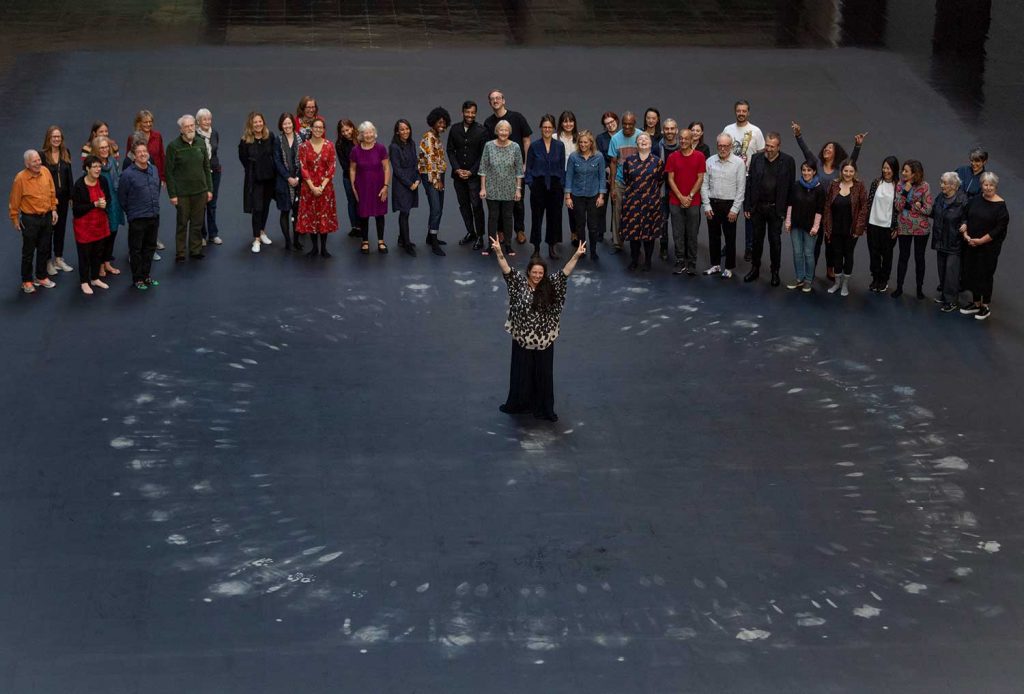
TB: I’m very grateful that I was raised in Cuba because, despite all the problems, you felt a certain desire for humanism there that I still believe in. The Cuban government and state may not have fulfilled that humanistic project, which at some point became yet another tool for propaganda. But they planted a little seed in me. The little seed was about social justice and the understanding that everybody is equal. Not everybody is equal right now in Cuba. And the problem with being equal is that it homogenizes everybody into a forced equality, a kind of mediocrity.
AG: That’s another point in the Tate Neighbours manifesto: “We advocate for the right for all to be different but equal.”
TB: Because in capitalist places, they all want to be different, not equals. That’s why I’m so critical of capitalism as well as socialism. In Cuba I want to work for this utopia that supposedly we’re working towards, but when I’m in capitalist countries, in the US or the UK, I’m dealing with what I feel is missing. Can we have hope instead of cynicism?
AG: Is that what’s missing in capitalist regimes to your mind? A sense of hope?
TB: A lot is missing. The idea of justice is missing. Not legal justice but justice in the sense of equality.
AG: To me Yousef’s concealed portrait represents hope, as well as a call for collective action. His lone image seems to embody the relation of the individual to the group.
TB: Exactly, you have this huge number, ten million or so, and then one boy.
AG: It also takes some sort of concerted action on the visitors’ part for the portrait to be revealed through the collective heat of their bodies. Visiting the transformed Turbine Hall is a very sensual experience, appealing to the senses of touch, smell, and hearing. You seem to be using the senses to artificially trigger emotions, like the “forced empathy” induced by an organic substance that causes one to shed tears.
TB: You cried?
AG: I sure did. Isn’t it problematic on some level, though, the whole notion of induced empathy? A bit like crocodile tears.
TB: Let me tell you something: we live in an era of fake news, fake celebrities, fake Instagram photos. We live in an era of fakeness. At least here we’re faking something that’s positive, and hopefully reminding people what feeling for others is. Moving to another country is traumatic. You have to restart your life. A lot of people are displaced for economic reasons, due to climate, war, violence. Migration is forced upon them.
AG: You’ve used emotional responses and social affect in your work before, including in the Tanks at Tate with Surplus Value (2010), which I experienced back in 2012. The visitors were meant to queue and some of them even had to pass a lie detector test in order to access the exhibition room.
TB: Did you pass the lie detector test?
AG: No, I didn’t.
TB: Me neither. In my case I didn’t pass because sometimes I couldn’t answer with a simple “yes” or “no.” I hesitated and I failed.
AG: And yet I answered the questions truthfully to the best of my knowledge. The officer conducting the enquiry told me when my blood pressure rose and coolly noted other signs of nervousness and anxiety, which reminded me of how I’ve occasionally felt when crossing borders.
TB: Once you start doing political art in countries like Cuba, you understand that politicians use affect as a tool and they construct it. They tell you how you feel. I’m so interested in working with affect because we’re social animals and we forget that part, the animal part, the one that controls fear and anxiety about not understanding things clearly. That’s the space where art can work — where something isn’t very clear or well defined, but you are in a protected zone.

